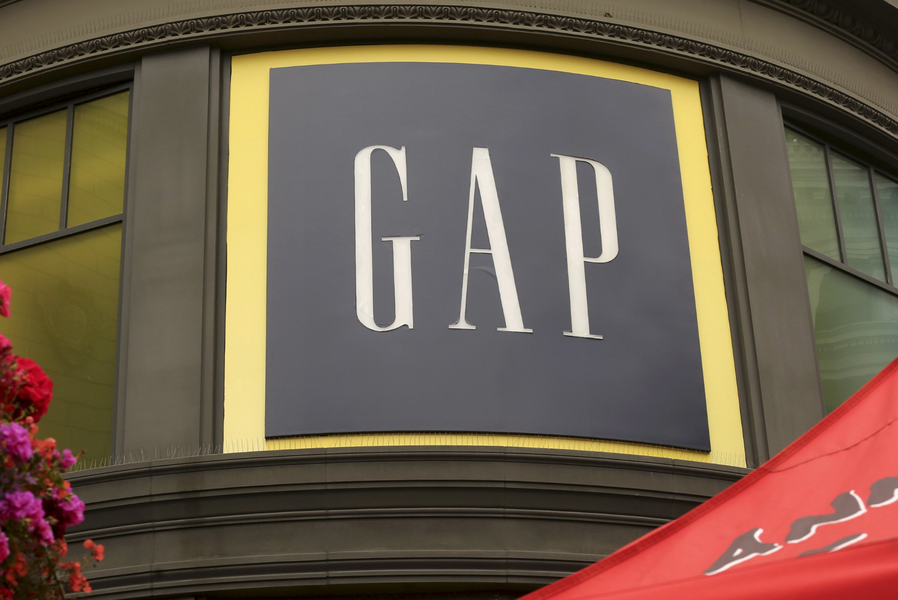Gap is closing 175 stores. Is the preppy look losing its appeal?
Loading...
Clothing retailer Gap is closing a quarter of its specialty stores in North America within the next few years in an attempt to revive its lackluster sales.
Gap plans to close 175 specialty stores in the future, with about 140 closures happening within this fiscal year, Gap Inc. announced Monday. That will leave Gap with 500 specialty locations and 300 outlet stores in North America. The retailer will also close an undisclosed number of European locations.
Gap did not indicate how many employees would lose their jobs as a result of the closure. However, the company said it will lay off about 250 people at the corporate level.
Gap’s sales have been on the downswing for years. Its same-store sales were down 6 percent in May compared to a year ago, the company reported earlier this month. Back in May, Gap Inc. reported the retailer’s sales declined 10 percent in the first quarter. The misses haven't been felt company-wide: Old Navy, a division of Gap Inc., continues to have financial success, with sales up 6 percent in May year-to-year for the apparel retailer. But Gap, Inc's leadership sees reversing the fortunes of the company's namesake brand as essential.
“Returning Gap brand to growth has been the top priority since my appointment four months ago – and Jeff [Kirwan] and his team bring a sense of urgency to this work,” said Art Peck, Gap Inc.’s CEO said in the press release. “Customers are rapidly changing how they shop today, and these moves will help get Gap back to where we know it deserves to be in the eyes of consumers.”
Marshal Cohen, a retail analyst at The NPD Group, was not surprised that Gap announced the closings. In the 1980s, Gap kicked off a major store development program in which the company built stores left, right, and center. Every decade since then, Gap has made cutbacks, closing a number of stores every few years, Mr. Cohen says in a phone interview
“It’s even more so a reflection of retail in general,” he says. “[Every store is] being assessed [on whether] it's profitable or not.”
The apparel retailer does have its own set of unique problems, and it lies in the khakis: Gap is arguably synonymous for “basic” and “preppy.” Throughout the 1980s and 90s, it gained a huge following for its simple shirts, button-downs, and pants. Gap’s style cultivated enough loyal shoppers for Adam Sandler and David Spade to poke fun at the retailer in a Saturday Night Live sketch “Gap Girls” in 1993.
But that basic-ness at the heart of Gap's identity has gotten old, industry experts say.
"The problem was Gap got boring,” retail analyst Candace Corlett told Racked in 2014. “After the popularity of the khaki, it was an ongoing parade. How many tan khakis and white button-down shirts does someone need? They were always the old, reliable Gap but high energy, trendy retailers were moving into the closet."
Trendier retailers, meanwhile, have done a better job at luring in younger shoppers. Ad agency Moosylvania recently released their study on what brands appeal the most to Millennials, which they defined as ages 20 to 35. Forever 21, JCPenney, and Aeropostale were in the top 50. Gap was not.
Cohen said Gap needs to reinvent itself to appeal to Millennials and the next crop of teenagers, Generation Z. With the increasing competition for younger shoppers, Gap can no longer afford to be just about basics, he said. It has to do something new.
“Gap is up against Millennials, Cohen said. “They don’t want to go to shop where their mothers shop. They want something that’s theirs.”






